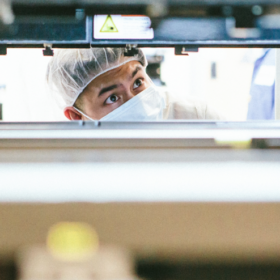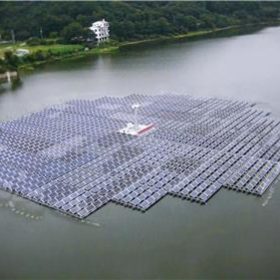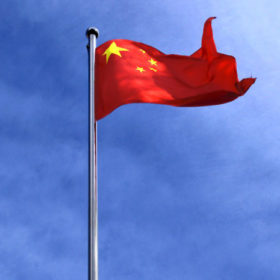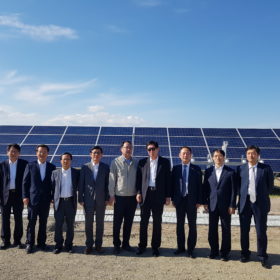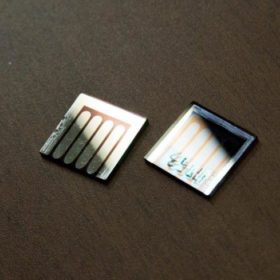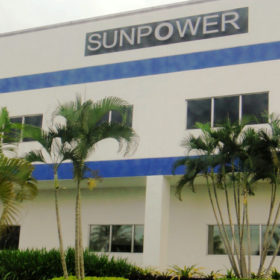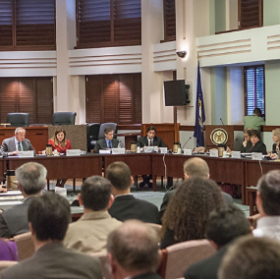US solar tariffs: Korea to file WTO petition, Mexico considers legal action, module costs to increase
As anticipated, the fallout from U.S. President Trump’s decision to impose tariffs of up to 30% on solar imports has been big. The latest reactions include the Korean Government’s announcement that it will file a petition with the World Trade Organization (WTO) and Mexico’s promise of legal action. BNEF, meanwhile, expects module costs to increase by US$0.10/W.
Solaria raises $23 million, will triple manufacturing capacities
The high-efficiency PV maker plans to expand its annual production capacity to 300 MW by the end of 2018, with expansions in both the United States and South Korea.
Solar installations to soar under new South Korean energy plan
South Korea’s total installed renewables capacity will spike to 58.5 GW by 2030, from just 11.3 GW at present, under a new energy plan that prioritizes solar and wind development over nuclear generation.
China adjusts anti-dumping duties on polysilicon from South Korea
The new anti-dumping duties are effective from November 22 and range from 4.4% to 113.8%.
Hanwha Q Cells holds steady in Q3, expects bigger Q4
The Korean manufacturing giant posted a slight drop in revenue and profits for the third quarter ending September 30th, but expects to achieve total module shipments in the range of 5.5 GW to 5.7 GW for the full year 2017.
Kepco, LSIS finish 28 MW in northern Japan
Korea Electric Power Corp. (Kepco) and LS Industrial Systems (LSIS) have finished building a 28 MW solar project on the northern Japanese island of Hokkaido, backed by 13.7 MWh of storage capacity.
Korean scientists increase stability for perovskite cell
A joint group of researchers from South Korea’s Ulsan National Institute of Science and Technology (UNIST) and the Korean Institute of Energy Research has developed a method for increasing the stability of perovskite solar cells using low cost fluorine.
SunPower: Any trade action should apply to everyone but us
The high-efficiency solar maker asks for Section 201 action to include First Solar’s thin film products, but to exclude its back contact crystalline silicon solar as a unique product.
Suniva, SolarWorld double down on trade proposals
As the first half of the Section 201 remedy hearing comes to a close, Suniva and SolarWorld have made a case for a combination of tariffs and either quotas or a 74-cent minimum module price, and foreign governments have sought exemptions.
Korean Peninsula tensions having little impact on solar relations with China, says analyst
Despite reports suggesting China’s anger at South Korea’s deployment of anti-missile defense systems has aggravated a slump in Korean solar imports, analysis of import data shows this not to be the case.

